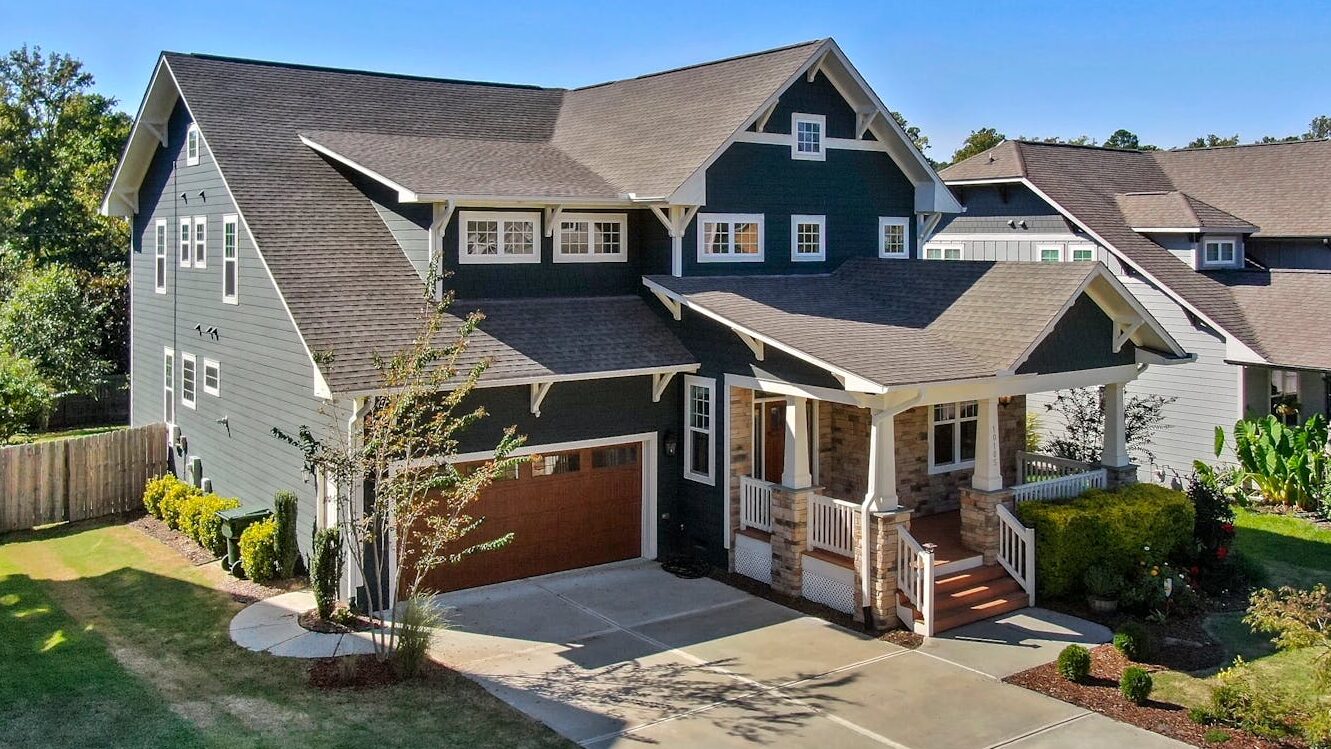
When you’re thinking of buying or renting a home, you need to evaluate not just the property but also the surrounding neighborhood. Even a beautiful house or apartment can lose its appeal if the neighborhood has issues that affect your safety, comfort, or long-term investment. Here are 15 neighborhood red flags to watch out for before making your decision.
High Crime Rates

One of the most important factors to consider when buying or renting is the neighborhood’s crime rate. Even if the property itself is perfect, living in an area with frequent burglaries, vandalism, or violent crimes can negatively impact your quality of life. Before committing, check local crime statistics or speak to residents to get an idea of safety in the area.
Unkempt Properties

If many homes in the neighborhood are in disrepair, it could indicate a lack of community pride or declining property values. Look for signs of neglect like overgrown lawns, peeling paint, broken fences, or abandoned cars. A neighborhood where homeowners or landlords don’t maintain their properties could be a red flag for future problems.
Heavy Traffic and Noise

Neighborhoods with high traffic levels can make daily life stressful. Excessive noise from cars, trucks, and nearby highways can be disruptive and reduce the peace and quiet of your home. Pay attention to traffic patterns during different times of day, and evaluate whether the noise level will be tolerable for you in the long run.
Limited Access to Amenities
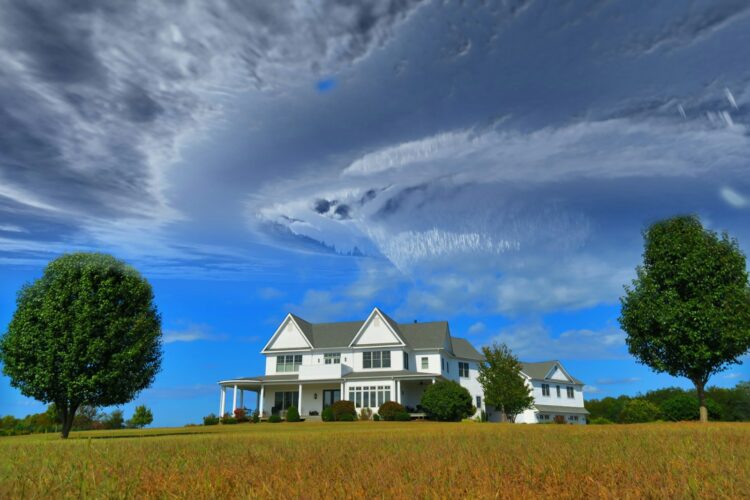
A neighborhood with limited access to amenities such as grocery stores, schools, parks, and medical facilities can make daily life difficult. Look for a home that’s close to essential services if you can. If that’s not possible, make sure you are able to drive long distances for basics. A lack of amenities can also indicate that the area is underdeveloped or lacks investment.
Poorly Lit Streets

Poorly lit streets can be a safety concern, especially if you plan to be out and about in the evenings. Well-lit streets deter crime and make residents feel more secure. If streetlights are sparse, broken, or missing, it could be a sign of neglect by local authorities.
Vacant or Abandoned Buildings
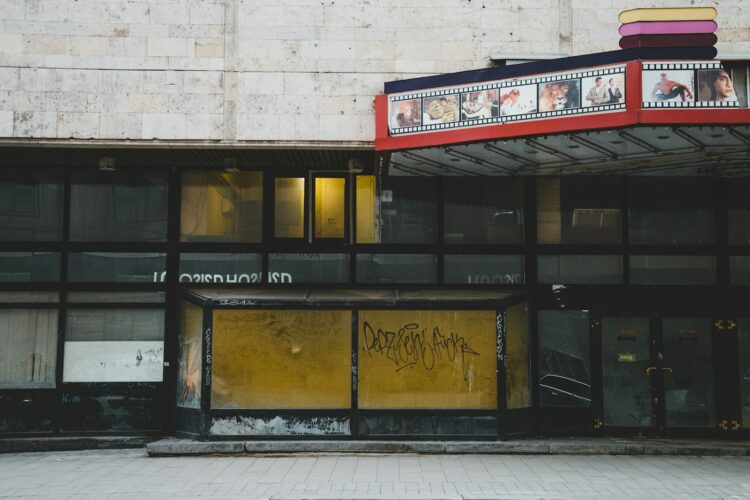
A high number of vacant or abandoned properties in a neighborhood is another big red flag. These buildings can attract criminal activity, lower property values, and create an unsightly environment. Neighborhoods with a high vacancy rate could be struggling economically, making it harder to maintain a stable community.
Lack of Public Transportation
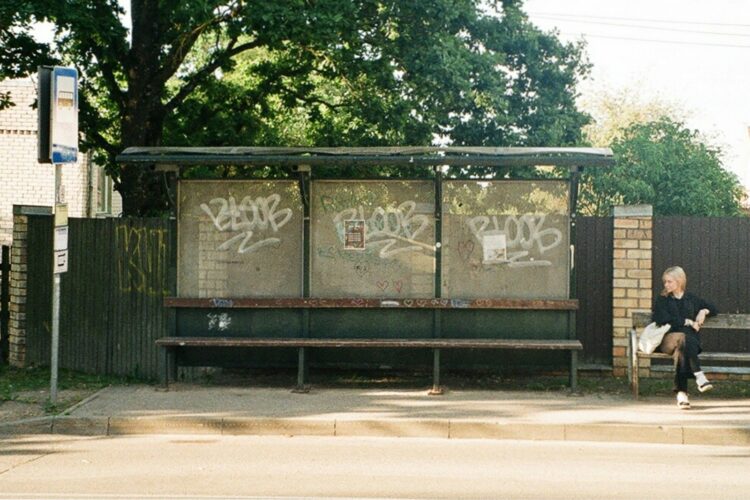
If you rely on public transportation or think you will need it in the future, check for nearby bus stops, train stations, or other transit options. A lack of public transportation can make commuting difficult and limit your access to other parts of the city. It can also reduce the appeal of the area for future buyers or renters.
Noisy or Disruptive Businesses Nearby
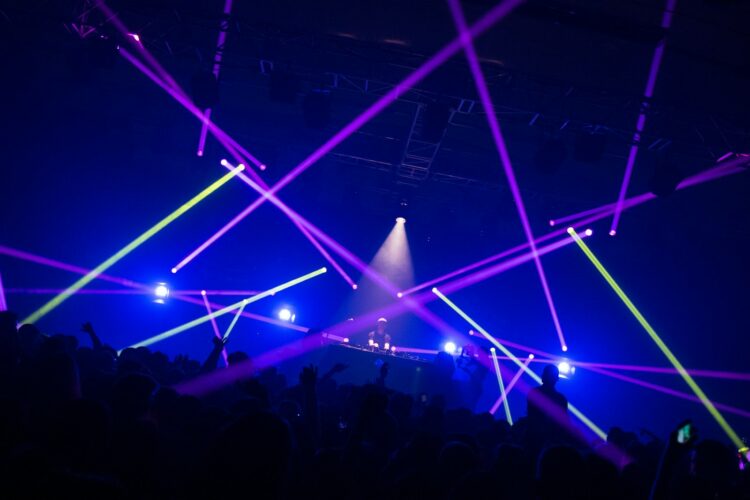
Living next to businesses that generate noise, traffic, or pollution, such as factories, bars, or nightclubs, can greatly impact your quality of life. Noise from late-night crowds, delivery trucks, or industrial operations can become a constant irritation. Check the zoning regulations in the area to make sure you’re not moving next to a disruptive business.
Lack of Green Spaces

Green spaces, such as parks and walking trails, are essential for a healthy and enjoyable living environment. If the neighborhood doesn’t have parks or public spaces where residents can relax or exercise, it may feel less inviting. Green spaces also improve air quality and property values, so their absence can be a red flag for an underdeveloped area.
Frequent For Sale or For Rent Signs
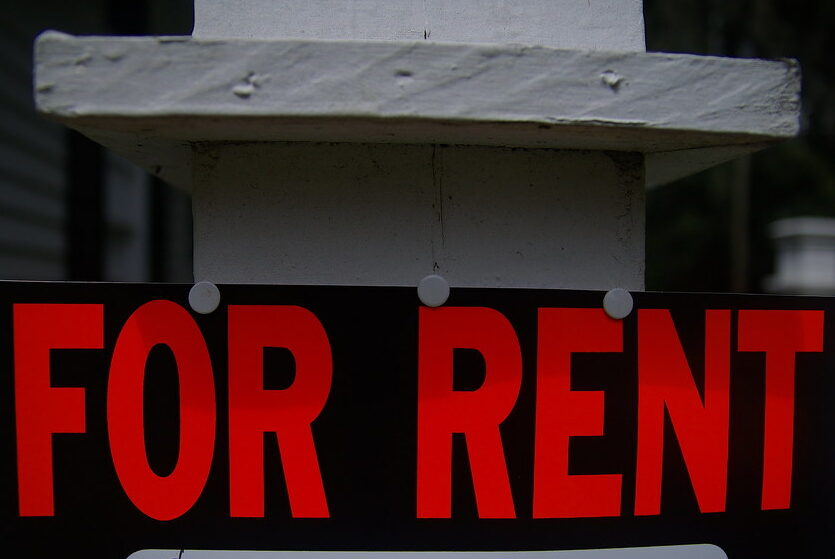
If you notice many homes for sale or rent in a neighborhood, it could indicate instability. Frequent turnover may suggest that people are eager to leave due to dissatisfaction with the area. This could be due to high crime, declining property values, or other underlying problems. A stable neighborhood usually has fewer properties on the market at once.
Difficult or Unresponsive Landlords

If you’re renting, talk to current tenants in the neighborhood to gauge their experiences with local landlords. If landlords are unresponsive to maintenance requests or difficult to work with, it can be a red flag for how you’ll be treated as a tenant. Poor landlord-tenant relationships can make renting a nightmare, even in an otherwise nice area.
Overhead Power Lines
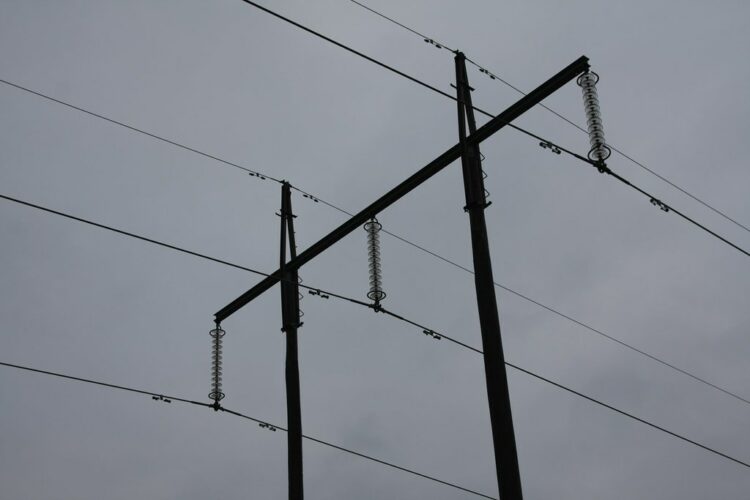
While overhead power lines are common in many places, their presence can impact the aesthetics of a neighborhood and even pose health and safety concerns. In some cases, power lines may hum or buzz, causing a constant noise issue. Additionally, large power lines can lower property values, and in rare instances, people express concerns about potential health risks from long-term exposure.
Signs of Environmental Problems
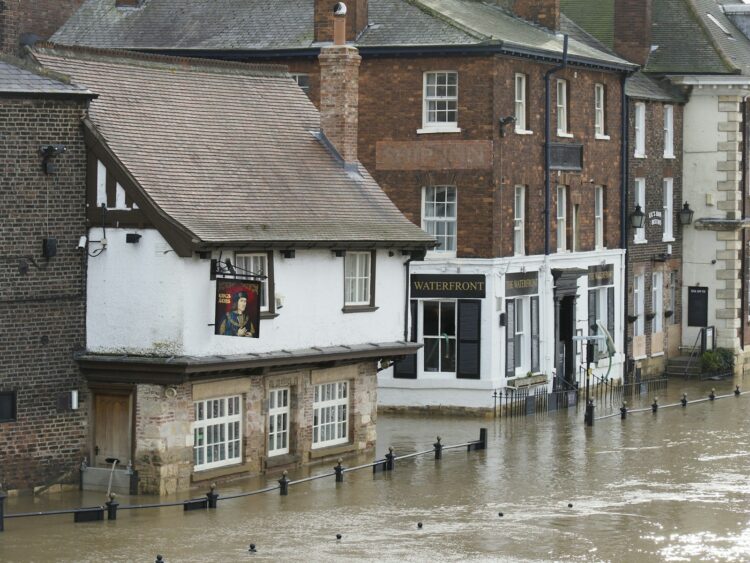
Before buying or renting, check for signs of environmental issues, such as flood zones, industrial pollution, or hazardous waste sites nearby. Living near these problems can lead to health concerns and damage to your property over time. It’s important to review the area’s environmental history, especially if the home is near rivers, factories, or former industrial sites.
Inconsistent Infrastructure Maintenance
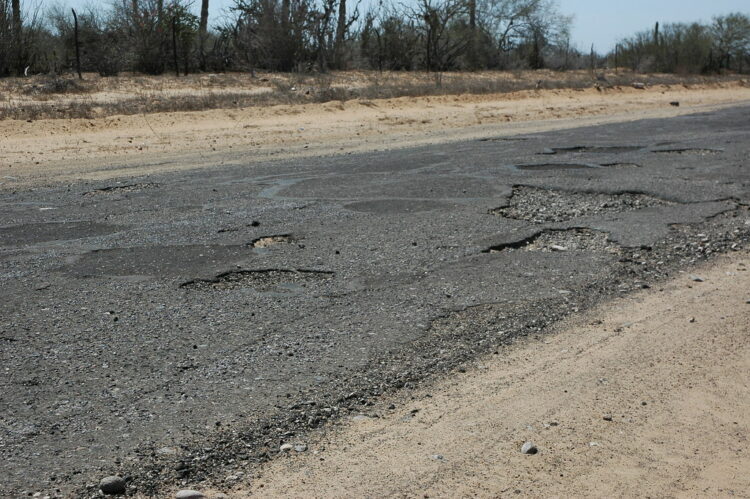
If roads are full of potholes, sidewalks are crumbling, and public spaces are poorly maintained, it could indicate that the local government is neglecting the area. Inconsistent or lackluster infrastructure upkeep suggests the neighborhood may not be a priority for the city or town, which could lead to further decline and reduced property values.
Poor School District Ratings

Even if you don’t have children, living in a neighborhood with poorly rated schools can affect property values and the overall desirability of the area. Good schools often attract families and contribute to a stable community. Research the school district’s ratings before buying or renting, as this can impact your ability to sell or rent the property in the future.

